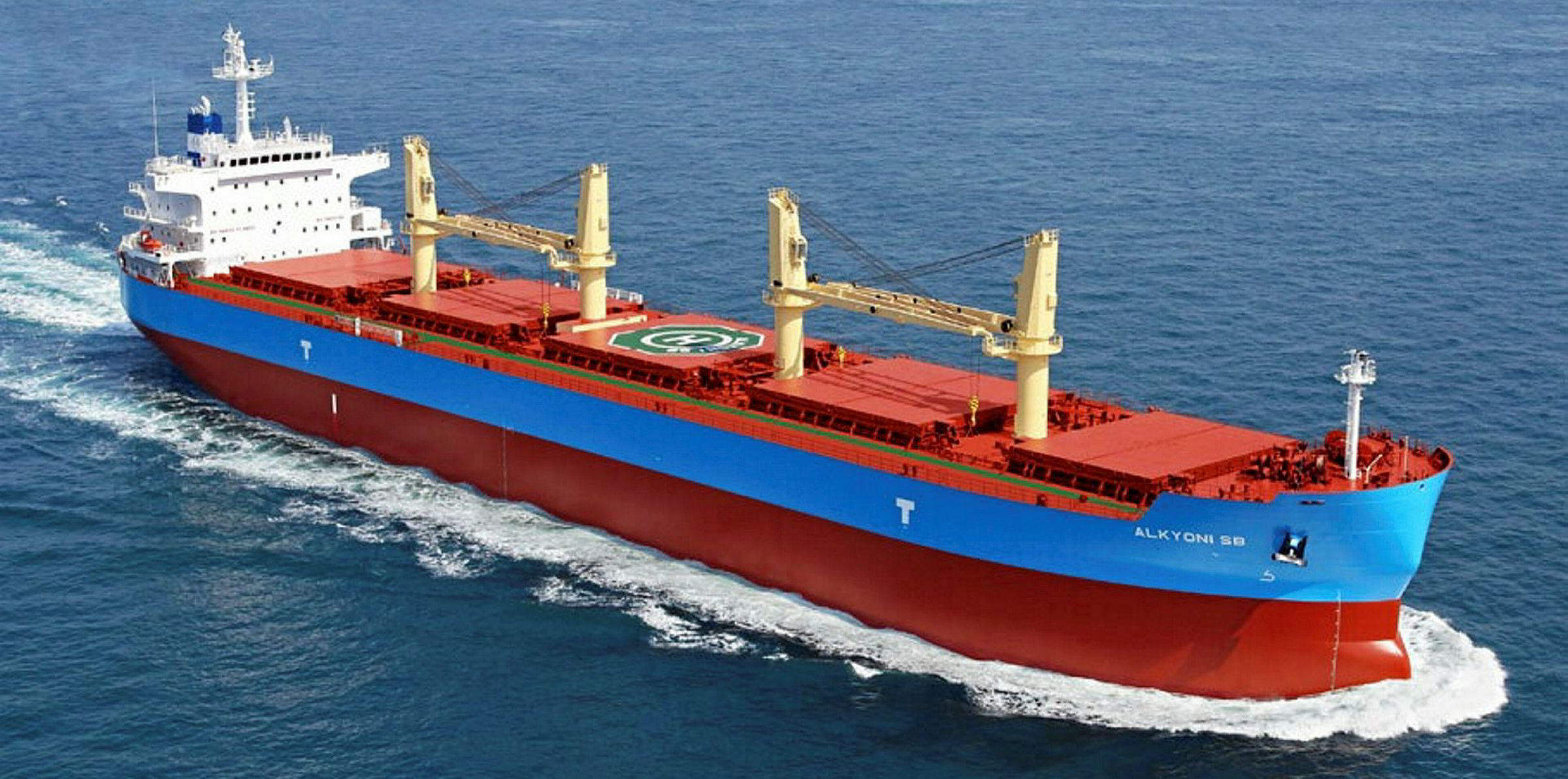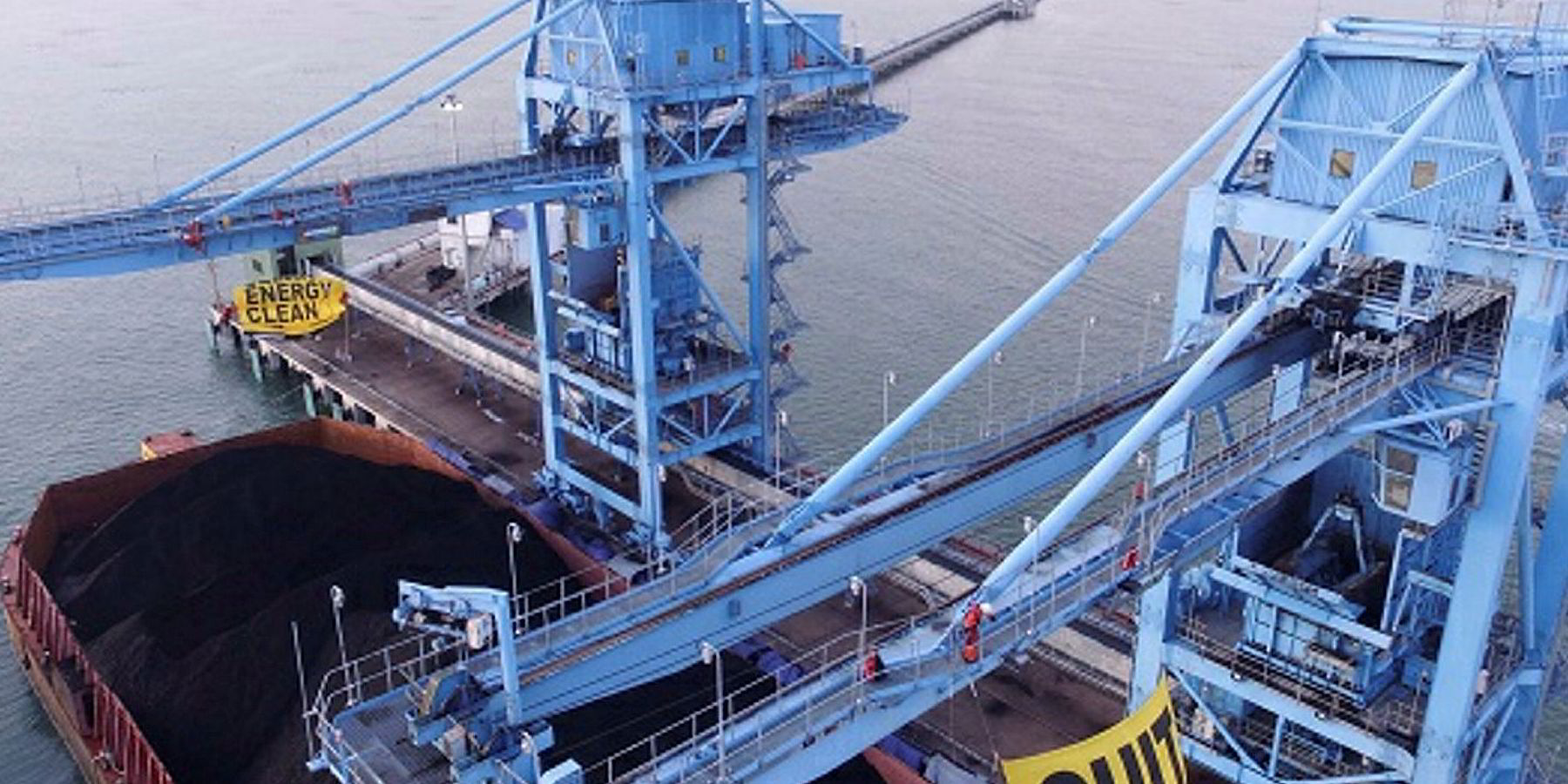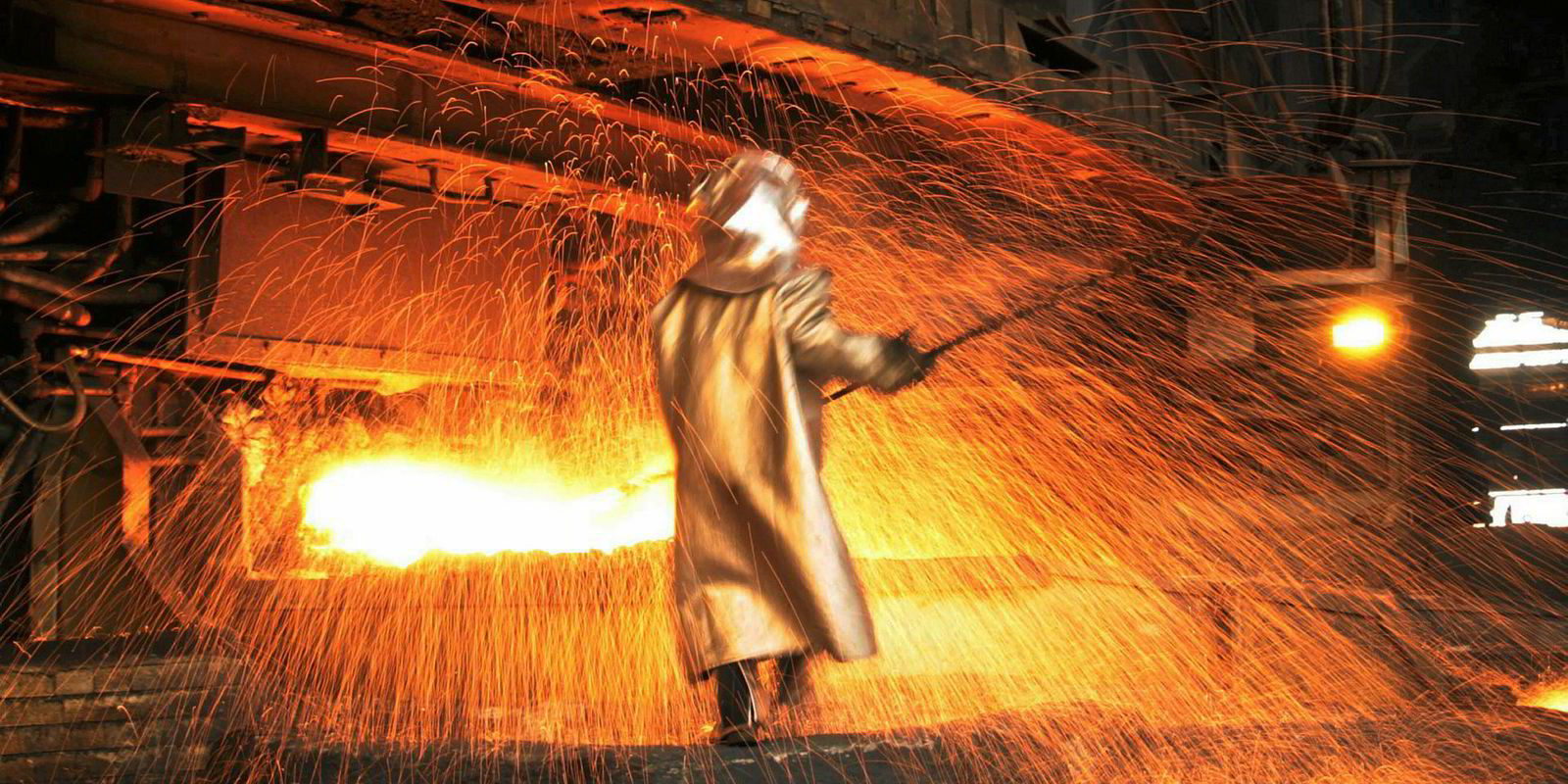Supramaxes are set to feel the brunt of Indonesia’s recent decision to ban the export of nickel ore from 1 January 2020, warns a top shipping analyst.
In late August, Indonesia’s Ministry of Energy and Minerals Resources (ESDM) officially announced that the ban would come into place two years ahead of the planned date of January 2022.
“If Indonesia really does stop nickel ore exports in 2020 then this is bad news for shipping as there are very few ready alternatives,” Ralph Leszczynski, Banchero Costa’s head of research in Singapore tells TradeWinds.
“The Philippines are the second largest producers of nickel ore after Indonesia - they were the second-largest exporter to China in 2018 and actually the number one largest exporter to China this year,” he said.
“However, the Philippines, where many mines were also closed down by the government for environmental protection reasons, most likely cannot increase export capacity to more than 25-30mt per year, so there will certainly be a shortage on the market which will result in fewer ore shipments.”
If Indonesia really does stop nickel ore exports in 2020 then this is bad news for shipping
Ralph Leszczynski
In 2014, when the initial ore export ban was put in place, the Philippines raised ore exports to China from 29.6mt in 2013 to 36.4mt in 2014 and 34.3mt in 2015.
“Since that time imports into China have averaged around 30mt and look likely to be around the same level for 2019,” said Wood Mackenzie.
“The increase was predominantly achieved by increased production from mines in the Autonomous Region in Muslim Mindanao (ARMM), in particular from Tawi Tawi. However, some mines in the Tawi Tawi region are apparently nearing exhaustion.
“It is also reported that the Philippines Minister of Resources will issue a decree to suspend all mining activities in the ARMM, as the local government needs to impose profit sharing agreements and review tax and environmental compliance.”
In addition, Wood Mackenzie said there is another round of country-wide environmental inspections underway and there are restrictions on the area of a mine site that can be operational at any one time.
“These all signal that the average 30mtpa that the Philippines has exported to China in the past three years is unlikely to increase; indeed, it is more likely to decline,” it said.
Leszczynski says that if no other sources of nickel ore can be found, Chinese steelmakers will have to rely more on imports of refined nickel, from sources such as Russia or Indonesia itself.
“Indonesia is pushing very strongly for investment into nickel refining plants in Indonesia which would result in refined nickel exports rather than raw nickel ore,” he tells TradeWinds.
“The problem for shipping is that the nickel metal content in nickel ore is normally very low, just 2 or 3%, so when we talk about exports of refined nickel we mean kilograms of the commodity shipped in containers in place of millions of tonnes of ore carried on supramax bulk carriers.”
China, which is by far the world’s largest importer of nickel ore, already looks to have taken pre-emptive measures in case of the ban.
“In the first eight months of 2019, Chinese imports of nickel ore increased by 13.4% year-on-year to 26.2mt,” said Leszczynski.
“This is also more than twice the 11.9mn China imported in January-August 2017. China’s nickel ore imports this year are the highest since 2013 before the previous Indonesian export ban.”
In 2018 China imported a total of 49mt of nickel ore, according to Leszczynski, with Japan and South Korea a distant second and third with just 3mt each.
Given the ban on ore exports is now being imposed by year end, it is highly likely that export tonnages will rise significantly between now and December, said Wood Mackenzie.
“If arrivals follow a similar pattern to that shown in 2014 and the prior ban, then significant tonnages would continue to arrive in January and February of 2020,” it added.





